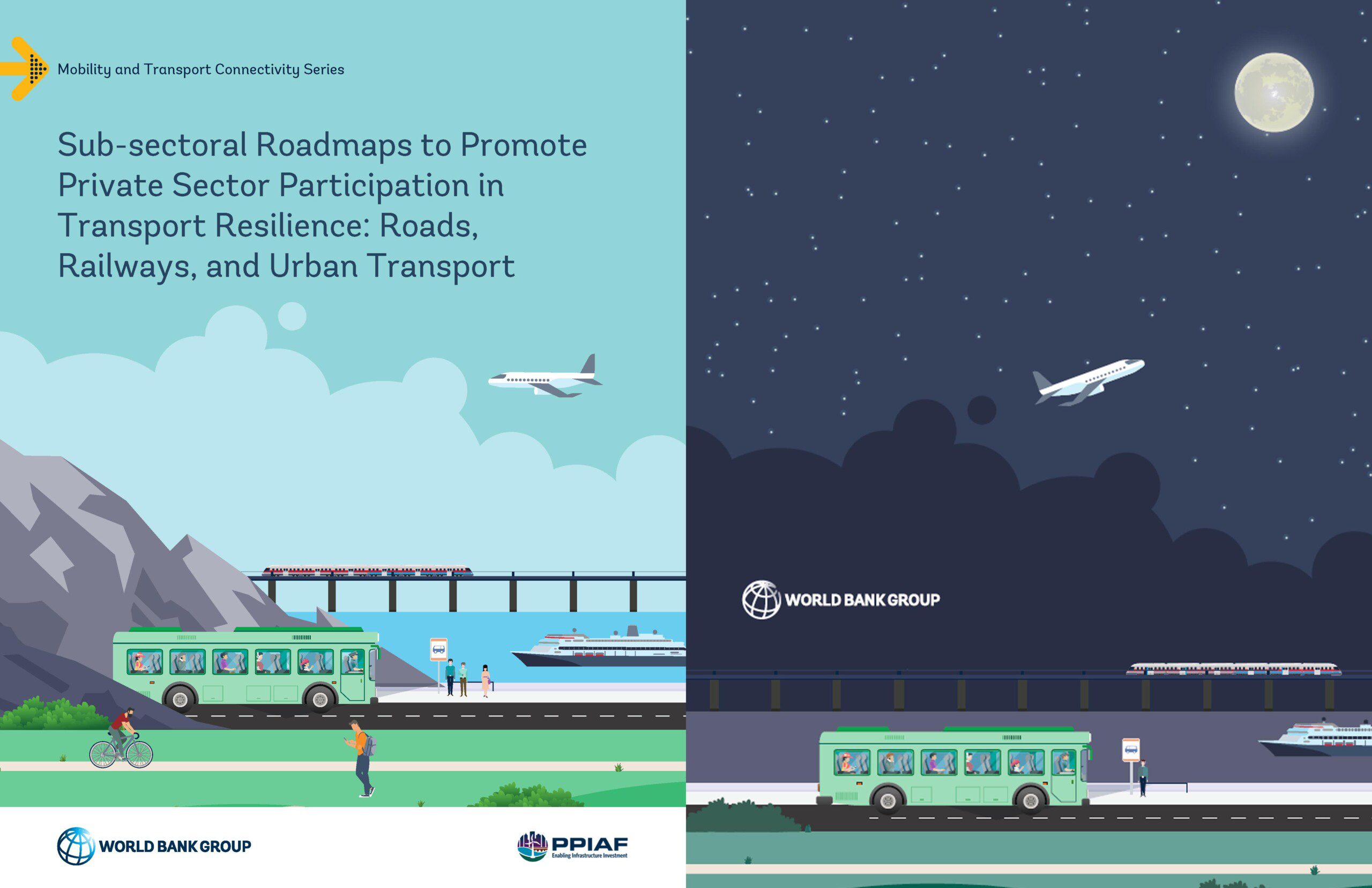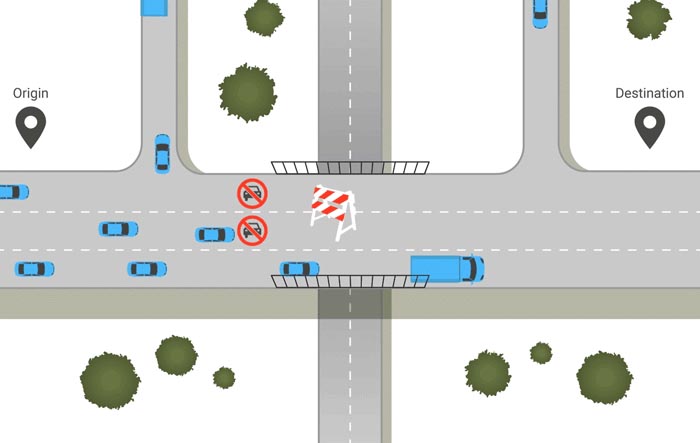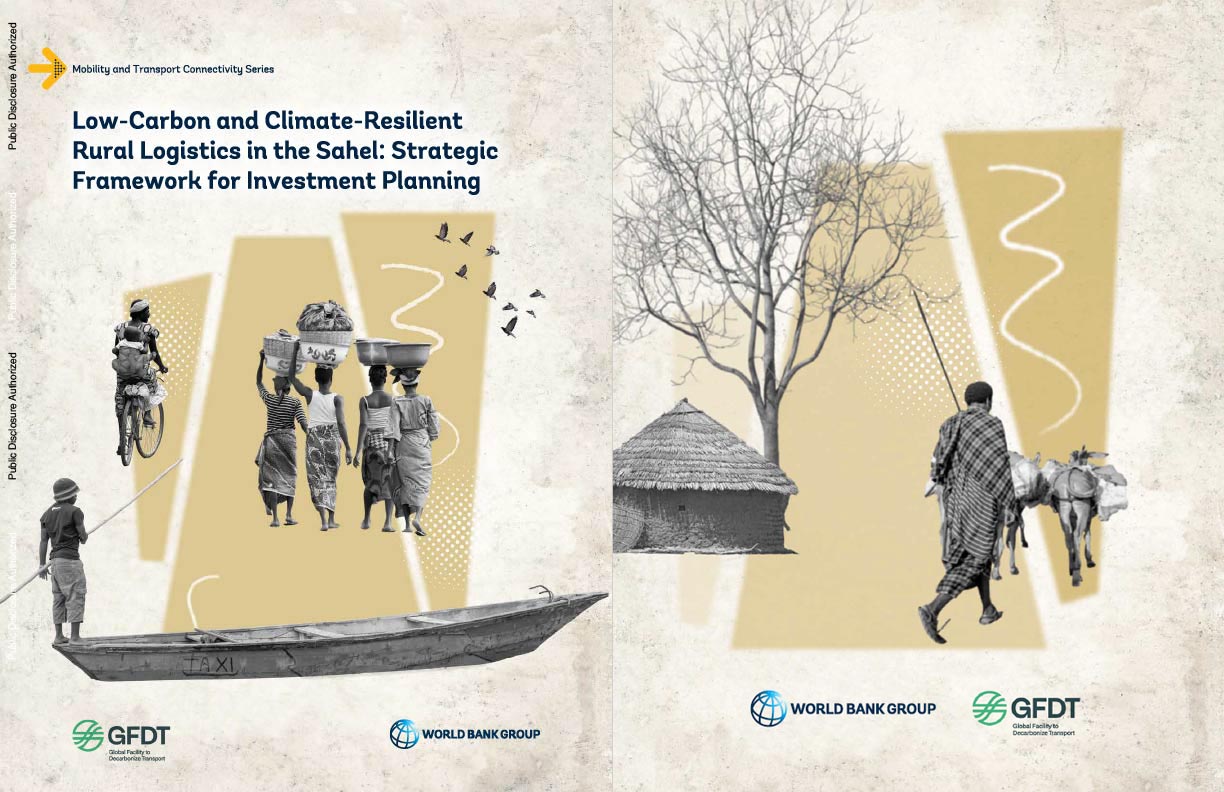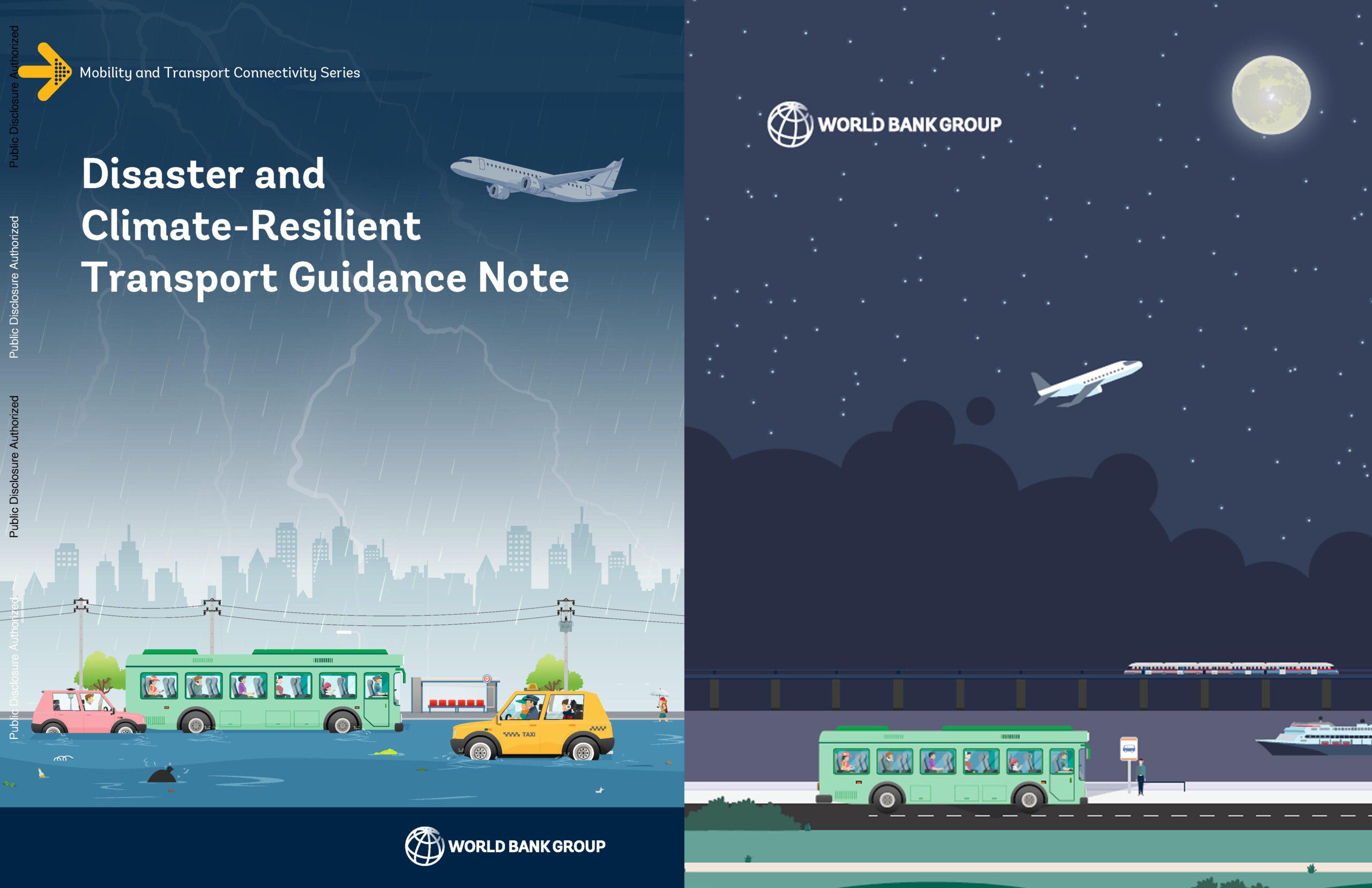by Fani Gelagoti
Share
Share
Developed by the World Bank and PPIAF, with the support of a team of experts from CPCS and GRID Engineers, this publication offers a practical playbook aimed at helping governments translate system analytics into investable, performance-based delivery across three key transport sub-sectors: railways, roads, and urban mobility.
Addressed to transport and finance ministries, city agencies, and stakeholders involved in the development of public–private partnerships (PPP) in the transportation sector, the roadmaps walk readers through a clear sequence of steps tailored to each sub-sector to: (1) diagnose where assets and services are exposed and what the economic impacts could be; (2) weave resilience into project design and contracts; and finally (3) close funding gaps and mobilize finance so projects can move from plan to delivery.
What readers will find guidance compounded by evidence-rich examples on:
- How to build a pipeline: from high-level risk mapping to prioritizing projects based on benefits and costs—for example, national-scale analytics used in Viet Nam and resilience planning for India’s Eastern Dedicated Freight Corridor.
- Where to embed resilience in PPPs: site selection, design standards, operational continuity, emergency preparedness, maintenance requirements, and insurance—translated into performance requirements and contract language that the market can price.
- How to pay for it: options ranging from viability-gap support to innovative instruments such as green and sustainability bonds, sustainability-linked finance, and concessional lending and guarantees.
STAY IN THE LOOP







